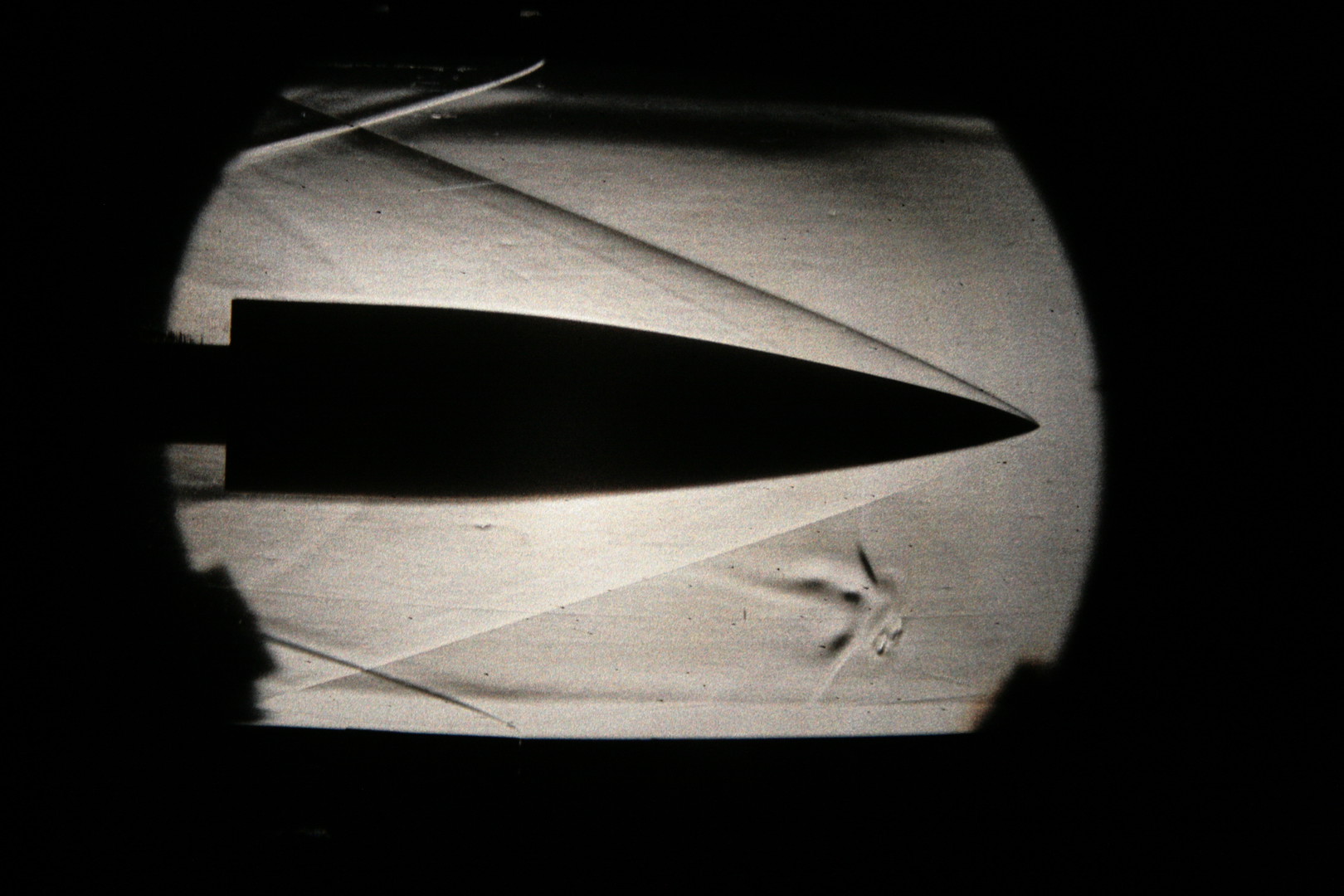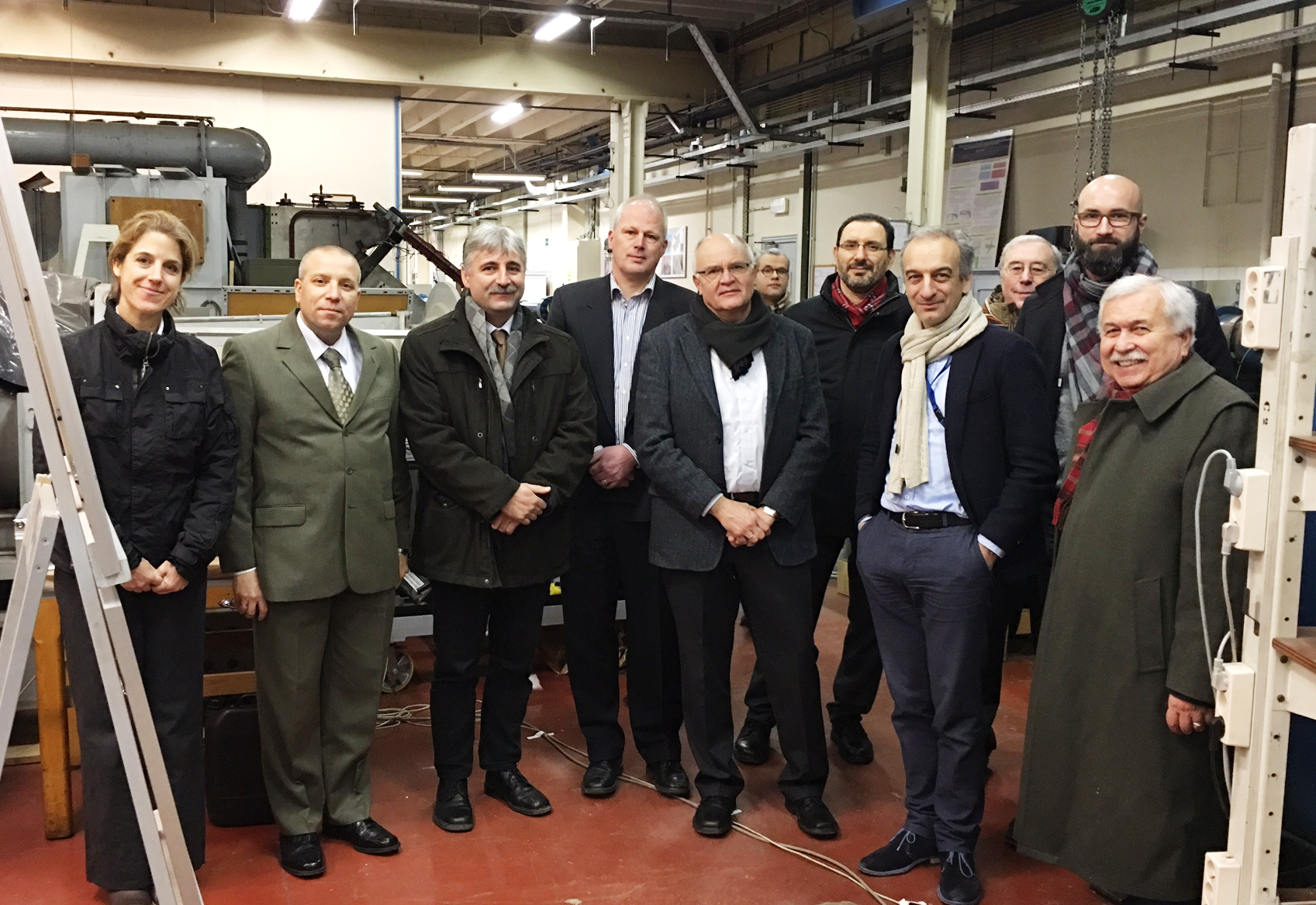Helping
NATO’s capability development by bridging Science and applied
Engineering – a corporation between the ‘von Karman Institute’ and the
‘Applied Vehicle Technology’ Panel
“Scientists discover the world that exists; engineers create the world that never was.” -Theodore von Karman.
In
the course of 1955, Theodore von Karman, who was chairman of the
Advisory Group for Aeronautical Research and Development (AGARD, now
NATO Science & Technology Organisation (STO)) of NATO, proposed the
establishment of an institution devoted to training and research in
aerodynamics which would be open to young engineers and scientists of
the NATO nations.
Nowadays, the von Karman Institute (VKI) is a
non-profit international educational and scientific organisation,
hosting three departments (aeronautics and aerospace, environmental and applied fluid dynamics, and turbomachinery & propulsion). It provides post-graduate education in fluid dynamics (research master in fluid dynamics, doctoral program, short training program and lecture series) and encourages "training in research through research". The von Karman Institute
undertakes and promotes research in the field of fluid dynamics.
Extensive research on experimental, computational and theoretical
aspects of gas and liquid flows is carried out at the VKI under the
direction of the faculty and research engineers, sponsored mainly by
governmental and international agencies as well as industries.

Figure 1: Aerodynamic loads measurement and flow visualization of an ogive in a supersonic flow @VKI
In
close corporation with NATO’s Applied Vehicle Technology (AVT) Panel,
the VKI organizes each year 8 to 12 one-week Lecture Series on
specialized topics in the field of aerodynamics, fluid mechanics and
heat transfer with application to aeronautics, space, turbomachinery,
the environment and industrial fluid dynamics. This also includes the
two current corporations on ‘Uncertainty Quantification in Computational Fluid Dynamics’ (STO-AVT-326) and on ‘Flow Characterization and Modeling of Hypersonic Wind Tunnels’
(STO-AVT-325). These courses have gained over the years world-wide
recognition for their high quality which is the result of a careful
choice of subjects of current interest and lecturers known for their
excellency in that field and willing to co-operate in building up
well-structured courses.
Additionally, to the permanent link between
the AVT Panel and VKI, the Scientific Advisory Committee (SAC) was
established in order to execute a yearly assessment of the scientific
importance for NATO and NATO nations of the VKI’s planned activities for
the coming academic year and the subsequent years. Furthermore, it
provides the VKI Board of Directors with recommendations pertaining to
the scope of the VKI Program of Work (PoW) to ensure its continuous
relevance to NATO. Finally, it seeks for advices and recommendations for
improvement of synergies between the STO PoW and the VKI activities.
These continuous efforts lead to VKI’s substantial inputs to AVT’s
current PoW, including ‘Hypersonic Boundary-Layer Transition Prediction’ (AVT-240) as well as the support in ‘Propeller and Turbofan Noise Prediction’ (AVT-314, AVT-318).

Figure 2: The international Scientific Advisory Committee visited the VKI hypersonic Facilities in February 2018
The
sum of VKI’s and AVT Panel’s efforts bridging Science and Operational
Requirements in the spirit of Theodore von Karman – “Scientific results
cannot be used efficiently by soldiers who have no understanding of
them, and scientists cannot produce results useful for warfare without
an understanding of the operations.”
If you need any further information please do not hesitate to contact avt@cso.nato.int.
|